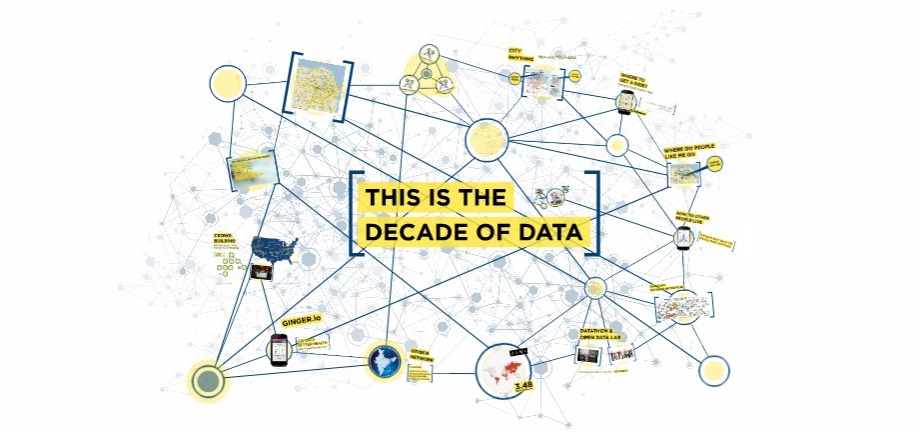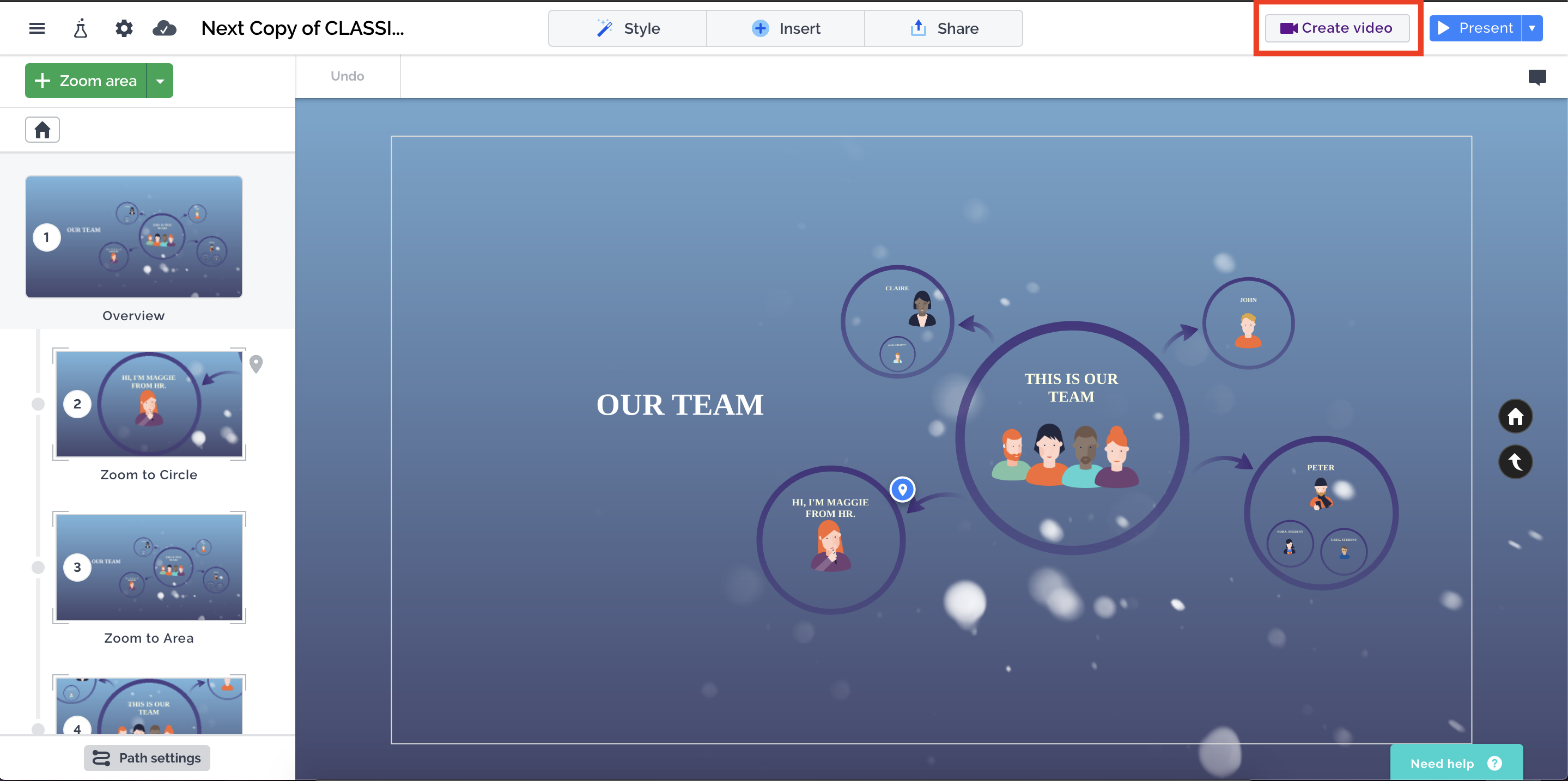

- Something like prezi classic pdf#
- Something like prezi classic install#
- Something like prezi classic upgrade#
- Something like prezi classic software#
But I am so sad (frustrated) that we finally got on board with one interface, and it’s very likely we will be changing again. I would not be shocked if we cut our Google association and get Teams rammed at us. He hasn’t done anything yet, but he is promoting Teams a LOT. Naturally, a new IT admin was recently hired and is a Microsoft guy. As such, I’ve been converting and making new slideshows in Slides instead of PPT. So because the division has a contract for Google emails, this was the wisest choice for the moment. Too many interfaces= Overload and shutdown. Every teacher for themselves.Īs such, kids really suffered academically. When the pandemic last spring, it was such a hodge-podge and kids were overwhelmed with Google Classroom, Teams, Edmodo, Chalk, etc. I have been finding myself trying to commit to Google Slides because my school adopted Google Classroom in September just to have a common interface for students. The Arduino IDE loads these files on start up, so changes you make to the files after that won't have any effect until after you have restarted the IDE.For the record- I have been a PPT guy just because it’s been so consistently available. Make sure to close all Arduino IDE windows and then start the Arduino IDE again whenever you make a modification to a boards platform configuration file like platform.txt.
Something like prezi classic software#
Note that it is under a hidden folder, so you will need to configure your file browser software to show hidden folders in order to see it. You can then edit the platform.txt file you find in that folder. This is the path of the platform of that board.

You will now see a line in the output that looks something like: Using board 'uno' from platform in folder: C:\Users\per\AppData\Local\Arduino15\packages\arduino\hardware\avr\1.8.3
Something like prezi classic upgrade#
If you don’t have a paid Prezi package, it’s a breeze to upgrade your license. When you export a presentation to PDF, each view in your presentation’s path becomes a page.
Something like prezi classic pdf#
This meant that the copy of Arduino AVR Boards bundled with the classic IDE might not even be the active copy, which results in a very confusing situation if you are edit the inactive platform's files! If you have a Plus or higher Prezi Next plan, you can export your presentation to a PDF file in order to print, email, or keep it for your reference. But that assumption was not even safe when using any modern version of the classic Arduino IDE because it also has a Boards Manager feature which installs boards platforms to the same location Arduino IDE 2.x uses. This might be confusing if you are following an outdated tutorial from before the Boards Manager feature was added, which will assume that boards platforms are always installed in the hardware subfolder of the Arduino IDE installation folder. These are installed to a different location on your computer.
Something like prezi classic install#
Instead, Arduino IDE 2.x uses the Boards Manager system to install all boards platforms, including "Arduino AVR Boards". The reason is because there are no boards platforms bundled with the Arduino IDE 2.x installation. You will find that Arduino IDE 2.x does not have this hardware subfolder. This was located under the hardware subfolder of the Arduino IDE installation folder. There is one difference which might trip you up, but actually makes this process less confusing: A copy of the "Arduino AVR Boards" platform (Uno, Mega, Leonardo, etc.) came preinstalled with every installation of the classic Arduino IDE.
Hi The Arduino boards platform configuration system works exactly the same in Arduino IDE 2.x as in the classic Arduino IDE.


 0 kommentar(er)
0 kommentar(er)
